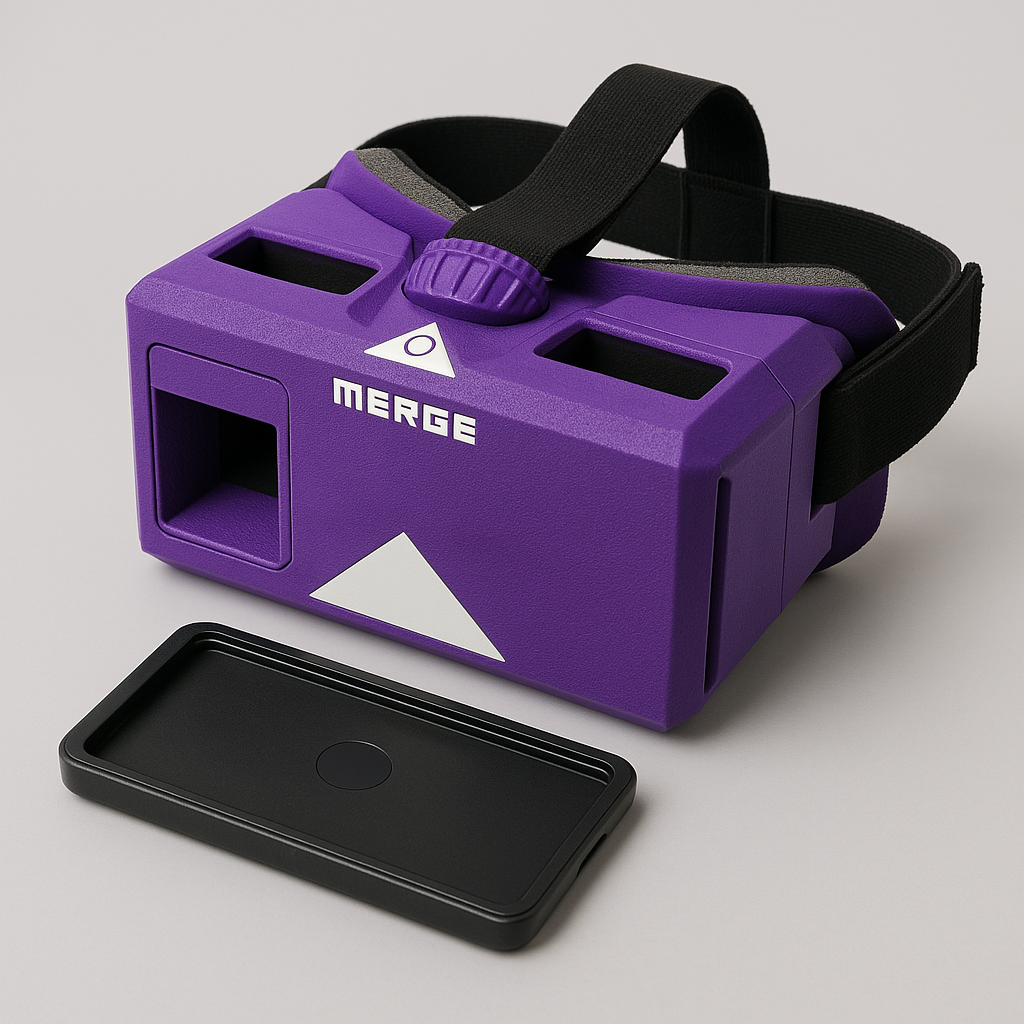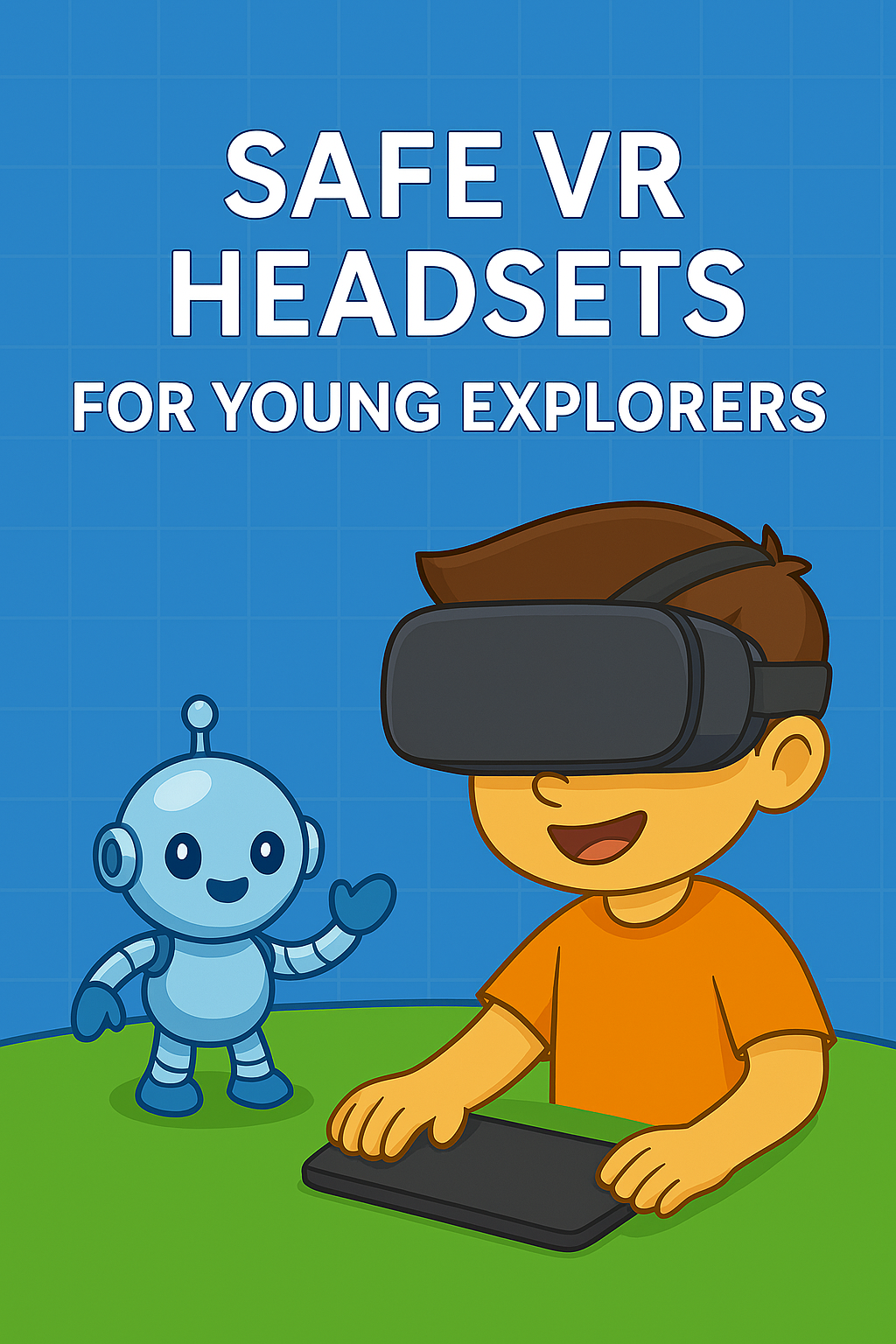For Young Explorers
Virtual reality can spark curiosity and bring learning to life, but for kids under 12, comfort and eye safety are paramount. Here’s what parents and educators should look for: adjustable head straps, lightweight designs, soft face padding, and lenses that minimize eye strain. Always set daily time limits and encourage short breaks every 15–20 minutes to protect developing eyes and avoid motion discomfort.

Merge VR Headset
Crafted from flexible, durable foam, this headset molds gently to a child’s face, reducing pressure points. Its universal smartphone tray lets kids explore safe, curated VR apps without bulky cables, and the adjustable IPD (interpupillary distance) ensures clear visuals at various ages.
Meta Quest 2
An all-in-one, wireless headset that balances power with portability. Its soft-touch straps and built-in passthrough view let kids quickly re-orient to the real world. Parental PIN controls restrict content, and the Quest’s content store features award-winning educational titles designed for younger users.
Let’s Explore VR Headset for Kids
Designed specifically for little faces, this headset uses extra-dense padding and a secure strap system to prevent slipping. It features a snap-in front cover to block out excess light and simple lens dials for easy focus adjustments—ideal for hands-on classroom demos or living-room adventures.
Feebz 3D VR Headset for Beginners
This entry-level headset comes pre-loaded with kid-friendly apps and tutorial links. Its oversized lenses reduce distortion and guard against eye fatigue. The breathable facial cushion and easy-turn focus wheel make it a standout for first-time users learning to navigate virtual spaces.
Destek V5 VR Headset
With a built-in adjustable headband and detachable face mask, the V5 adapts from one child to the next. Its multi-layer lenses and anti-blue-light coating help cut down on glare and potential vision strain during longer sessions. It also offers broad smartphone compatibility for classroom and home use.
Best Practices for Safe VR Use
- Always supervise first-time users and guide them through calibration.
- Encourage kids to sit during experiences to reduce falls and disorientation.
- Use manufacturer-recommended age ratings and built-in parental controls.
By choosing a headset built for young faces and following proven safety guidelines, parents can turn VR into a powerful learning tool—one that’s as safe as it is thrilling.
